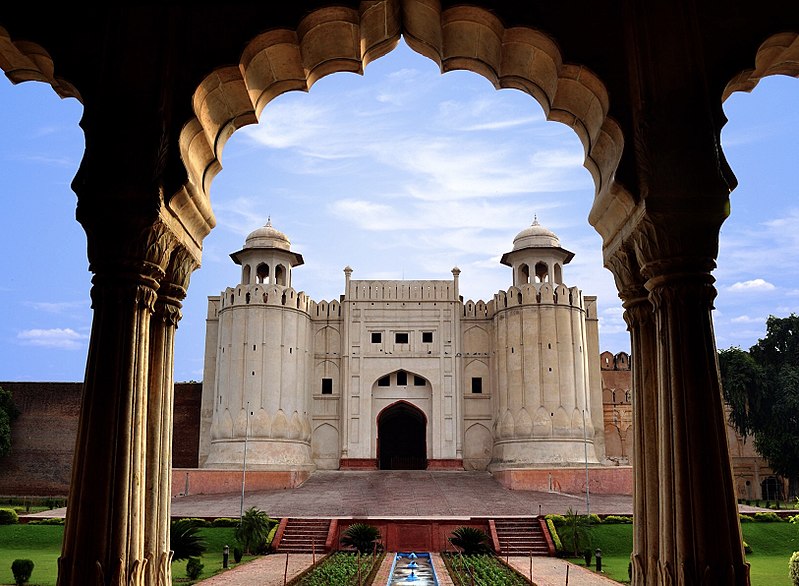[ad_1]
Exploring the Mughal Heritage in Lahore: A Glimpse into the Magnificence
Introduction
Lahore, the cultural capital of Pakistan, is a city steeped in rich history and heritage. From the magnificent architecture to the vibrant bazaars, Lahore provides a fascinating glimpse into the Mughal era that once dominated this region. The city is adorned with numerous well-preserved Mughal structures that showcase the grandeur and elegance of that time. In this article, we will explore some of the highlights of Mughal heritage in Lahore, taking you on a journey back in time.
The Lahore Fort: A Symbol of Splendor
Nestled on the banks of the serene Ravi River, the Lahore Fort stands tall as a true testament to Mughal architectural prowess. Built during the 16th century by Emperor Akbar, this UNESCO World Heritage site is a treasure trove of captivating structures. The Sheesh Mahal, or Palace of Mirrors, is a major highlight of the fort. Its walls are intricately adorned with thousands of tiny mirrors that reflect light in a mesmerizing manner. The Diwan-i-Aam, or Hall of Public Audience, showcases stunning arches and elaborate calligraphy, while the Naulakha Pavilion leaves visitors awestruck with its exquisite marble work. Exploring the Lahore Fort is an experience like no other.
Badshahi Mosque: Grandeur in Islamic Architecture
Located adjacent to the Lahore Fort, the Badshahi Mosque is a masterpiece of Mughal architecture. Built by Emperor Aurangzeb in the 17th century, this mosque is one of the largest in the world. Its grand courtyard can accommodate thousands of worshippers, and the main prayer hall is adorned with intricate marble work and frescoes. The towering minarets offer a panoramic view of Lahore, while the lush gardens surrounding the mosque provide a serene retreat. The Badshahi Mosque is a marvel that combines elegance and spirituality, and it remains an important place of worship for the people of Lahore.
Shalimar Gardens: A Paradise on Earth
Constructed under the reign of Emperor Shah Jahan, the Shalimar Gardens are a treat for the senses. The Persian-style gardens are spread over 80 acres and feature stunning terraces, fountains, and pavilions. The central canal, adorned with marble panels, reflects the splendor of the garden. The flora within the gardens, including beautiful flowering plants and fruit trees, create a serene and picturesque atmosphere. The Shalimar Gardens are a true masterpiece that showcases the Mughal love for nature and aesthetics.
Walled City of Lahore: The Living Heritage
The Walled City of Lahore, also known as the Old City, is a UNESCO World Heritage site that encapsulates centuries of history. The walled city boasts narrow streets, bustling bazaars, and ancient architecture that transports visitors back in time. The Lahore Fort and Badshahi Mosque are located within its walls, along with numerous other attractions. The Walled City is famous for its colorful markets, such as the Anarkali Bazaar and the Liberty Market, where one can find traditional handicrafts, fabrics, and delicious street food. Exploring the Walled City offers a unique opportunity to witness the vibrant culture of Lahore and experience its Mughal heritage firsthand.
Conclusion
Lahore, with its Mughal heritage, is a city that seamlessly blends the past with the present. The architectural wonders left behind by the Mughal emperors continue to mesmerize locals and tourists alike. From the Lahore Fort to the Badshahi Mosque, each monument tells a story of grandeur and magnificence. The Shalimar Gardens and the Walled City stand as testaments to the artistic vision and cultural heritage of the Mughals. Exploring these sites provides an opportunity to delve into the rich tapestry of history and appreciate the timeless beauty of the Mughal era. Lahore truly is a treasure trove that transports visitors to a bygone era.
[ad_2]

